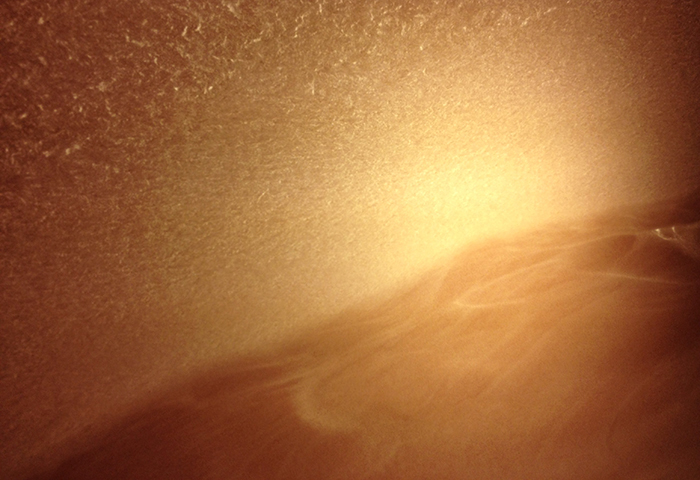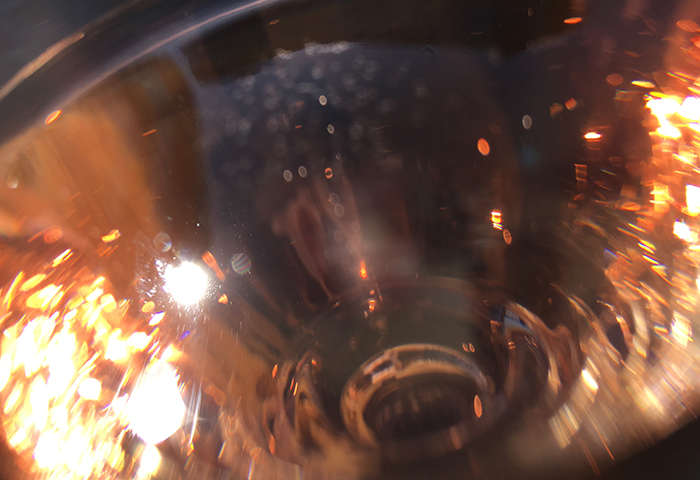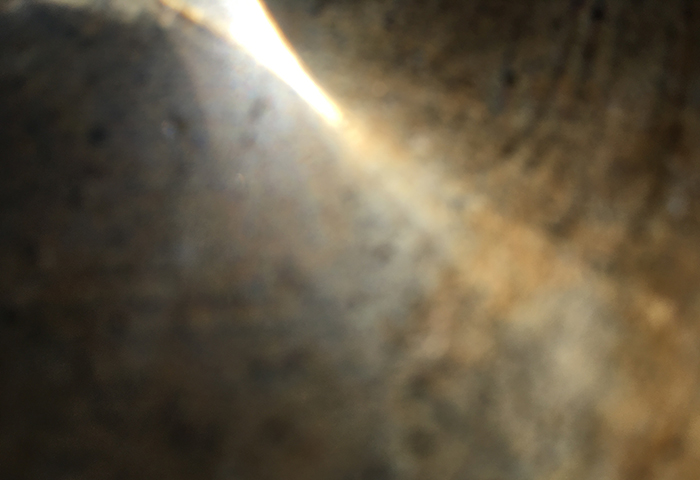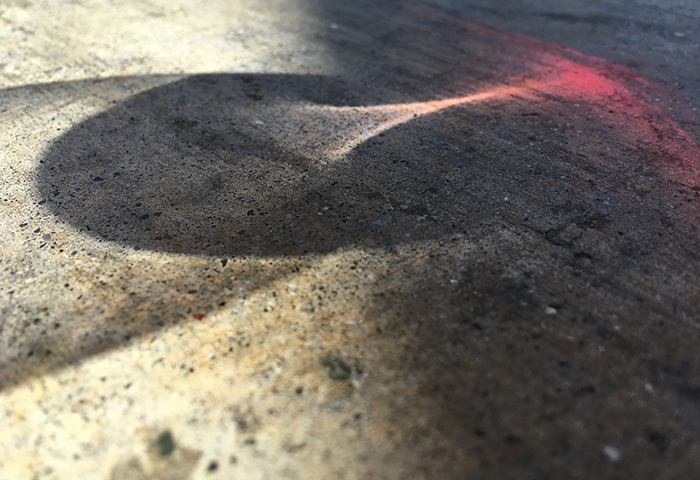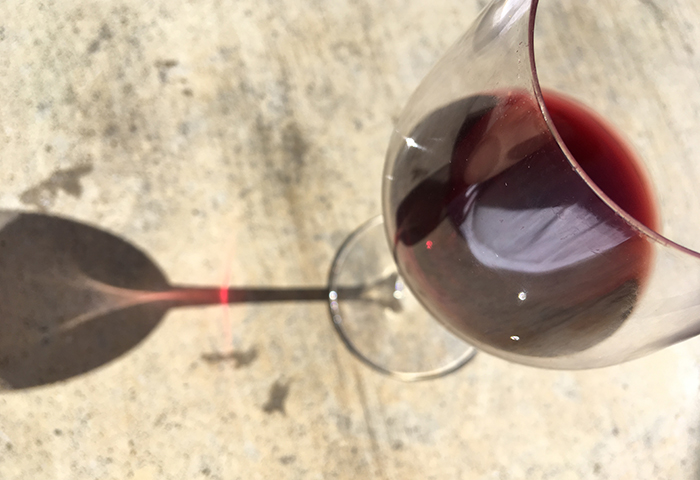Appellation Mars
Reflection No. 39
Mars looms like a red lantern an average of 140 million miles from Earth. It is not the closest planet, but it is the most habitable. Ethical issues aside, as concerns for the future of the Earth become more pressing, scientists and futurists are contemplating what seems to be inevitable, adapting to Martian terroir.
The surface of Mars is a vast expanse of sand and dust, with rocks and boulders strewn about. Martian soil, known as regolith, is silty, wind-blown sediment of pulverized volcanic basalt along with a multitude of minerals that lies on top of the bedrock. The pH levels are reasonably neutral. The climate is extreme, with radiation, microgravity, limited sunlight and diurnal swings that can vary by more than a hundred degrees. One likely Martian Viticultural Area (MVA) is an expansive canyon known as Valles Marineris, where underground springs run beneath the surface.
Rkatsiteli, a hearty Georgian white variety with thick skin, might be able to stand up to the threat of radiation and Martian dust storms. Its roots could travel deep into the regolith to find water, absorbing the character of the Martian soil along the way. Hydroponic, aeroponic or vertical greenhouse farms could be viable alternatives in other, less hospitable MVAs.
In microgravity, liquids become floating blobs. As the grapes transform into wine, fermentation would need to be contained and punch-down would be challenging. But a study on the space station has confirmed that fermentation in microgravity is three times faster than on Earth. While researchers on the space station found that microgravity does not affect tannins in whisky, they did observe that the influence of toasted oak chips is much more concentrated, so wine would have to be aged in a benign material, or maybe a Martian clay amphora! In addition to minerals, the Martian regolith also contains heavy metals, so filtration would be required.
Luckily, engineers are already working on space cups, as plastic bags and straws would be so anticlimactic. Grooves in the space cups use surface tension and geometry to force liquid in one direction—into the drinker’s mouth—swirling, aerating and releasing aromatics in the process. Rkatsiteli’s lively acidity layered with Martian minerality could produce a robust wine with exotic pineapple, the sweet yet savory intrigue of fennel and a hint of fiery spice.
The colonizers of Mars will be forming a new culture, and it will need more than data to define it. Eating and drinking things grown in the Martian terroir will form an intimate bond between people and Mars. And wine, with all its cultural significance, will inspire sentient knowledge which might make all the effort worthwhile. But perhaps more importantly, the innovations intended for life on Mars may inspire a greater sense of responsibility for the planet we are on now.
Reference in alphabetical order by publication title:
DrinksBusiness.com, EarthMagazine.org, EdibleGeography.com, Gizmodo.com, Inverse.com, MartianPassage.com/trade, MartianPassage.com/culture, MysteriousUniverse.org, NewWorldWinemaker.com, NewYorkTimes.com, PalatePress.com, Popsci.com, Quora.com, SoundCloud.com, Space.com, ssep.ncesse.org, WashingtonPost.com, WashingtonPost.com/sound-of-mars, Wired.com
